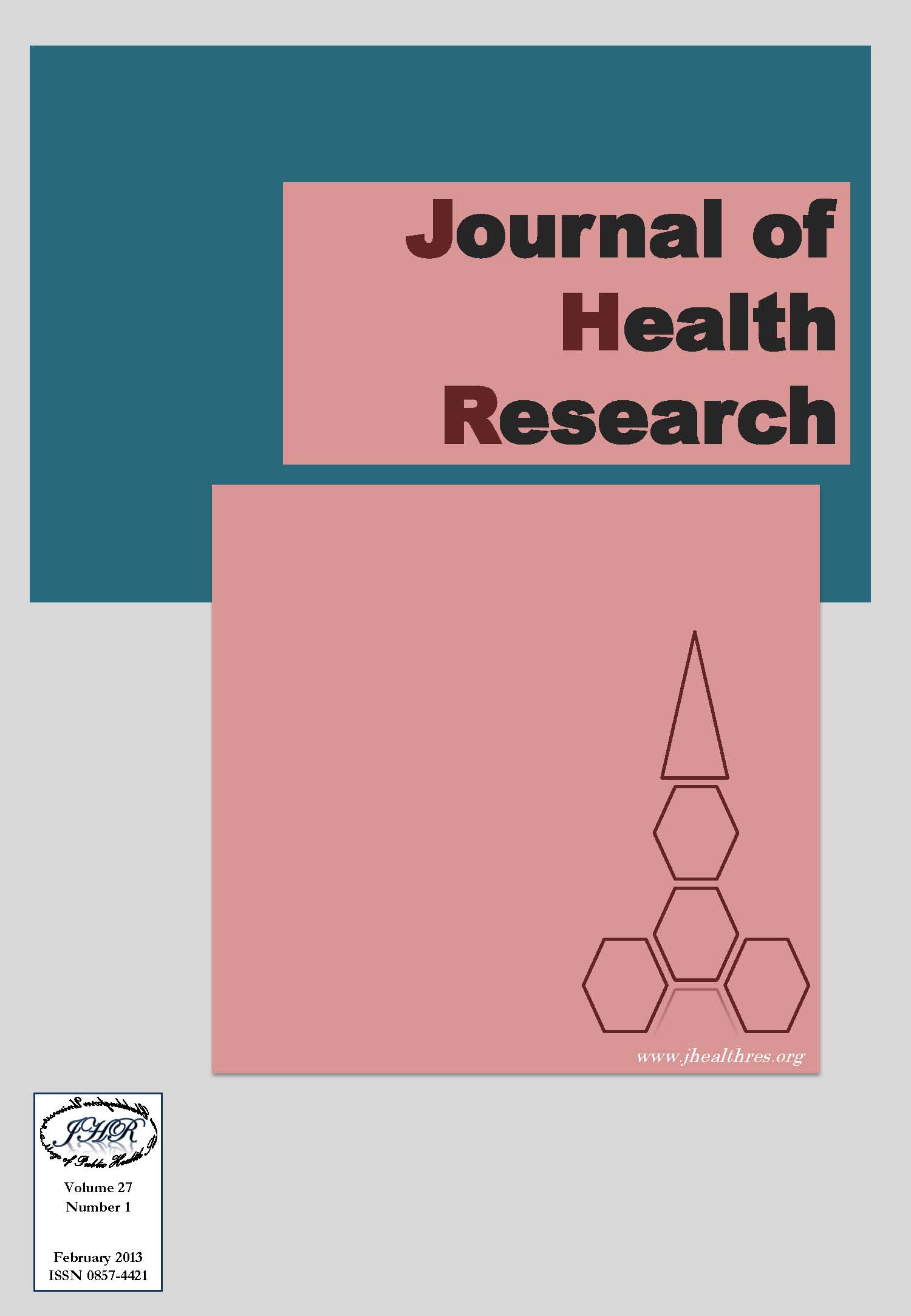Development Of Plai Emulgel For Therapeutic Ultrasound Application
Keywords:
Plai, emulgel, Zingiber cassumunar, ultrasound treatmentAbstract
Plai oil extracted from Zingiber cassumunar Roxb. rhizome which contained (E)-1-(3,4-dimethoxyphenyl) butadiene (DMPBD) as active ingredient has been proved to show the anti-inflammatory effect. This research aims to find out the suitable plai emulgel formulation which could be used as an alternative medicine combining with ultrasound physical therapy for either acute or chronic muscle inflammatory treatment. 18 formulas of plai emulgel were formulated by various type and concentrations of gel forming agents (1-2% w/w), such as carbopol 121, carbopol 934, carbopol 940, hydroxypropyl cellulose (HPC), hydroxypropylmethyl cellulose (HPMC), and methyl cellulose (MC), combined with similar amount of plai oil (5% w/w), propylene glycol (20% w/w), EDTA (0.2% w/w) and paraben concentrate (0.2% w/w) in individual formula. These formulas were physical property, chemical property stability, and allergic skin test analyzed, in order to find out the suitable formula which is appropriated for applying with ultrasound transmission through gel. By this experiment, the formula numbered 4 which contained 1% carbopol 934 was found to be the suitable formula, which resulting in good appearances with good texture and spreadability. The chemical properties stability of this formula was also analyzed, by measuring content of the marker compound, (E)-1-(3,4-dimethoxyphenyl) butadiene (DMPBD). After keeping at 15°C, the remaining content of this marker was still more than 95%.







